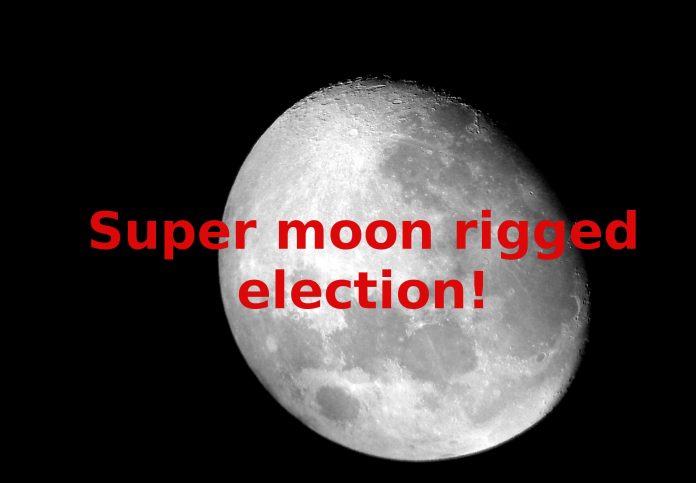In July, I posted a news story to my personal Facebook page and shared it on local bulletin boards. The article titled “Scientists say giant asteroid could hit earth next week, causing mass devastation” came with a graphic of an object in orbit and the opening two paragraphs about the doom-bringing asteroid 2016-Fl.
However, about by the third paragraph, author Elizabeth Bromstein acknowledged the headline was false, but that the real subject of the article was a study by computer scientists at Columbia University and the French National Institute that revealed about 59 percent of news stories shared on social media are never clicked on and read. In the last paragraph of the story, Bromstein asked readers to not to give away her trick, but instead comment using a color.
Thankfully, many readers said things like “this asteroid is coming out of the blue” or “thanks for the good ‘red,’” but unfortunately many others shared the story on their own pages or posted comments lamented the coming annihilation.
A tongue-in-cheek meta article is one thing. Satire or humor is another, such as The Onion or April Fool’s Day stories. The intentional spreading of fake news is quite another. Until this election cycle, most false “news” stories were cherry-picked quotes or details from legitimate news stories taken out of context, i.e., “Armstrong claims walk on moon was just ‘one small step!’”
If a story seems earth-shattering, it will be covered by multiple news agencies in print, radio and in television. Even big news around Sedona sometimes gets picked up by newspapers, television stations and radio stations in Flagstaff and Phoenix, sometimes even nationally, such as the Slide Fire, the deaths at James Arthur Ray’s 2009 sweat lodge or the 2015 fatal brawl at the Walmart in Cottonwood.
We in the media do not hide the truth; we are the most ardent defenders of openness and transparency. I do not mean to sound callous, but to be frank, we’re in the business of selling newspapers and nothing sells newspapers faster than a fact-based, detailed story about a natural disaster, corruption or crime.
That also means we’re in the business of dispelling false rumors. After a series of three unrelated public deaths occurred in Sedona in the summer of 2013, rumors swirled about a “serial killer” on the loose.
Had there been a serial killer, we would have covered the investigation with wall-to-wall coverage and our valley would have been filled with reporters from around the state. But the deaths were just unfortunate coincidences and Assistant Managing Editor Ron Eland wrote a story quashing the rumor by explaining the official causes of death for each one.
If something shows up on your smartphone that seems to shatter everything you hold dear or reinforces your political bias perfectly, double-check it. If the same story with the same headline is only on a handful of like-minded blogs, it’s fake. If it shows up with different headlines and varied details on NPR, BBC, the New York Times, Al Jazeera, Fox News and the Huffington Post, it’s real.
If a story references a new “study,” the name of the study and the institute that conducted it must be included, as well as a link to it. Verify the source before reading the news story summary. If you can’t find the study, don’t read the story.
If a person is quoted, their name, title and agency should be included. If it’s suspect, Google it. See if it’s in context and legitimately quoted elsewhere. As always, if the one “source” or all “sources” in the story are “anonymous,” it’s 100 percent fake.
Don’t just read headlines. Click through to the story and read it. We journalists report on the facts and spend time collecting them for your benefit. If you can see a story is false, don’t just ignore it. Do your social media friends a favor and post a comment linking to a real story rebutting it.



